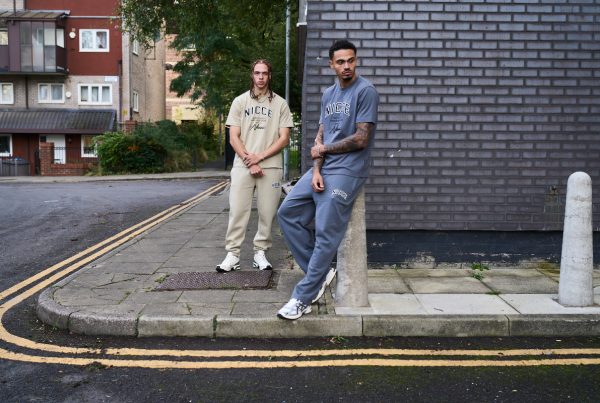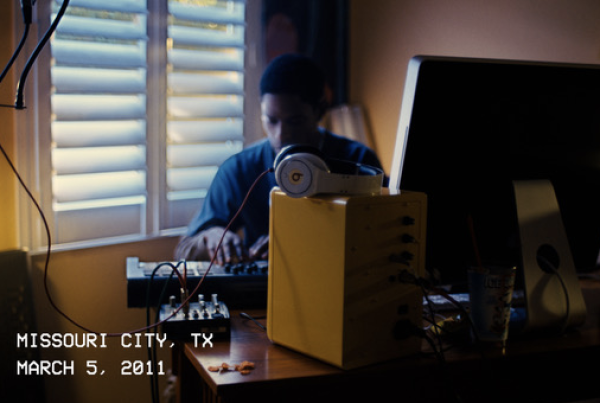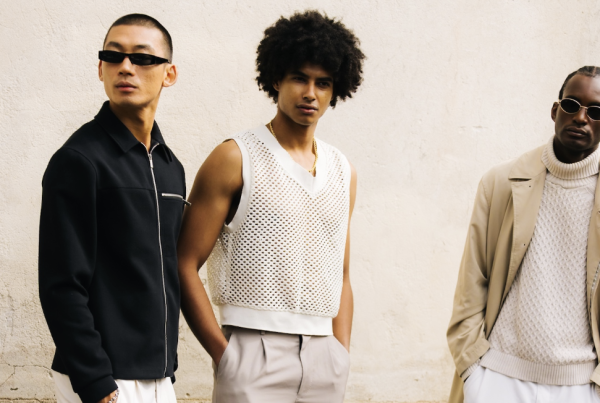In the age of the coronavirus pandemic, the face mask has become somewhat of a fashion icon.
When future generations look back on what the early 2020’s were, the currently global pandemic is going to frame everything. Whether it be life, relationships or fashion, face masks are going to be front and centre.
Just take a look at any news website, article or video online and you’ll find a face mask. A visual representation of the virus and more importantly, how the public perceives life in the midst of pandemic driven changes to social norms such as social distancing and lockdowns.
How else do you visualise an untouchable, microscopic virus that sits on day to day surfaces and is transmitted quickly and silently? The face mask has become the go to visual representation of the virus itself.
While face masks aren’t anything new, their mainstream acceptance in the west has certainly changed almost overnight.
Face masks actually first appeared at the very end of 19th century when they were worn by doctors during surgery as a protective measure designed to prevent airborne bacteria from entering an open wound.
As you can see, they were always designed not to protect the wearer as such, but those around them. A common myth that people today who refuse to wear masks because they think they’re strong enough, continue to push.
By the early 20th century, the world was gripped by the Spanish Flu pandemic. While their popularity receded as the decades went on, face masks remained popular in Asia where they symbolised care for the community and civic awareness.
It took another global health crisis in the much more globalised 21st century for face masks to return and really announce themselves as pop culture icons. As the SARS crisis especially gripped Asia beginning in 2002, the functionality of masks were merging with fashion.
Now in 2020, the age of Coronavirus as they say, you’re more likely to see more people on the streets of major western cities wearing masks, than those going without. Oh how the tables have turned.
It’s human nature to want to personalise items of fashion and face masks are no different. All you have to do is check out the custom products available from Hoo-Rag to see just how far the humble blue and white surgical face mask has come.
Face masks have quickly evolved into a way to express identity. Whether that be with colour, political slogans or to signify you a part of a community like a football club, there is something out there for everyone.
With so much of our time consumed by social media, the fact that celebrities and sports stars are posting selfies of themselves in masks, things have quickly been taken to the next level. We’re even talking about masks made by major fashion brands like Chanel and Armani.
When the very top end of fashion is in on the act producing designer masks sold for top dollar, you know things have changed.
But it’s not just the top end of fashion that is in on the act. With the rise of the gig economy, we see websites such as Etsy leading the charge when it comes to home made fashion.
Etsy’s face mask fashion section has become one of the most popular. Most importantly, generating valuable income for smaller and niche designers, a lot of whom have struggled due to lockdown enforced shut downs globally.
But there is also a dark side to face mask fashion. As the Asian continent really championed their use, face masks have been used in racist confrontations against Asian communities throughout the world. As politicians continue to blame China for the Coronavirus outbreak, imagery with severe negative connotations continue to find their way into major news outlets.
Something that is being called out and should certainly start to reduce.
Wearing a face mask should be a sign of care for those around you in the community, not one of fear and political divide. What fashion has done for face masks, is normalise their functional aspects.
There’s certainly no doubting that in the age of Coronavirus, face masks have actually become so much more than just a humble fashion item. Their place amongst society will continue to develop throughout the next century but to what extent, only time will tell.

























































